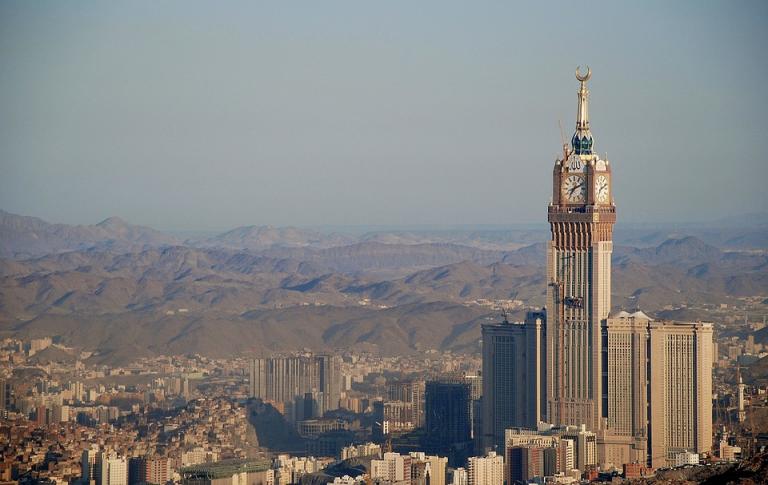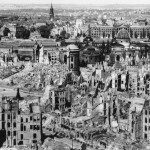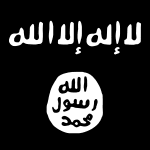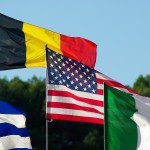A couple days ago, my son asked me how big Jerusalem and Mecca were, as two major holy cities, so we pulled up the respective Wikipedia articles, and I read a figure that astonished me, “Under Saudi rule, it has been estimated that since 1985 about 95% of Mecca’s historic buildings, most over a thousand years old, have been demolished.”
Today at the library I came across a book on the history of the city, Mecca, The Sacred City, by Ziauddin Sardar. Here are a few choice quotes:
The government ensured that Mecca was washed clean of its history in June 1973 [in the implementation of a Master Plan for the city] when entire districts of the city were bulldozed and its cultural property and historic sites were erased from the landscape as easily as one rubs out pencil marks on paper (p. 4).
[In the construction of the Royal Makkah Clock Tower and other new buildings,] an estimated 95 per cent of the city’s millennium-old buildings, consisting of over 400 sites of cultural and historical significance, were demolished to build this eruption of architectural bling. Bulldozers arrived in the middle of the night to demolish Ottoman-era town houses. . . . At the opposite end of the Grand Mosque Complex, as it is now called, the house of Khadijah, the first wife of the Prophet Muhammad, has been turned into a block of toilets (p. 346).
It seems only a matter of time before the house where Prophet Muhammad was born, located opposite the imposing Royal Palace, is razed to the ground, and turned, probably, into a car park. During most of the Saudi era it was used as a cattle market; the Hijazi citizens fought to turn it into a library. However, even to enter the library is apparently to commit an unpardonable sin — hence no one is allowed in. But even this is too much for the radical clerics who have repeatedly called for its demolition. Also in their sights is Jabal al-Nur, the mountain that contains the cave of Hira, where the Prophet used to retire for meditation and reflection and where he received his first revelations (p. 347).
Why aren’t people criticizing the Saudis? The author says this is because the Saudis exert too much control over other Muslim countries because, at a whim, they can refuse to give out visas for pilgrims. And why are the Saudis so hell-bent on destroying, not even just the great historical sites of other religions, but of their own?
The Wahhabi clerics justify the demolition of historical sites and shrines because, they argue, they promote shirk — the sin of polytheism (p. 357),
though, Sardar says, the city is suffused with idolatry, both in the blind worship of money (the city appears to be nothing other than a giant shopping mall) and in superstition such as the enforced 3-hour prayer the author experienced during a lunar eclipse, meant to pray away the eclipse.
In other words, when ISIS destroys the great Assyrian artifacts in Mosul or Nimrud, or historic Christian churches or monasteries, they’re just following in the footsteps of the Saudis before them.
So can we please stop pretending that Saudi Arabia is a civilized country?
UPDATE: According to this article from late 2014, the birthplace of Muhammad site was slated to have been bulldozed by the end of 2014. Can’t find confirmation, though.












